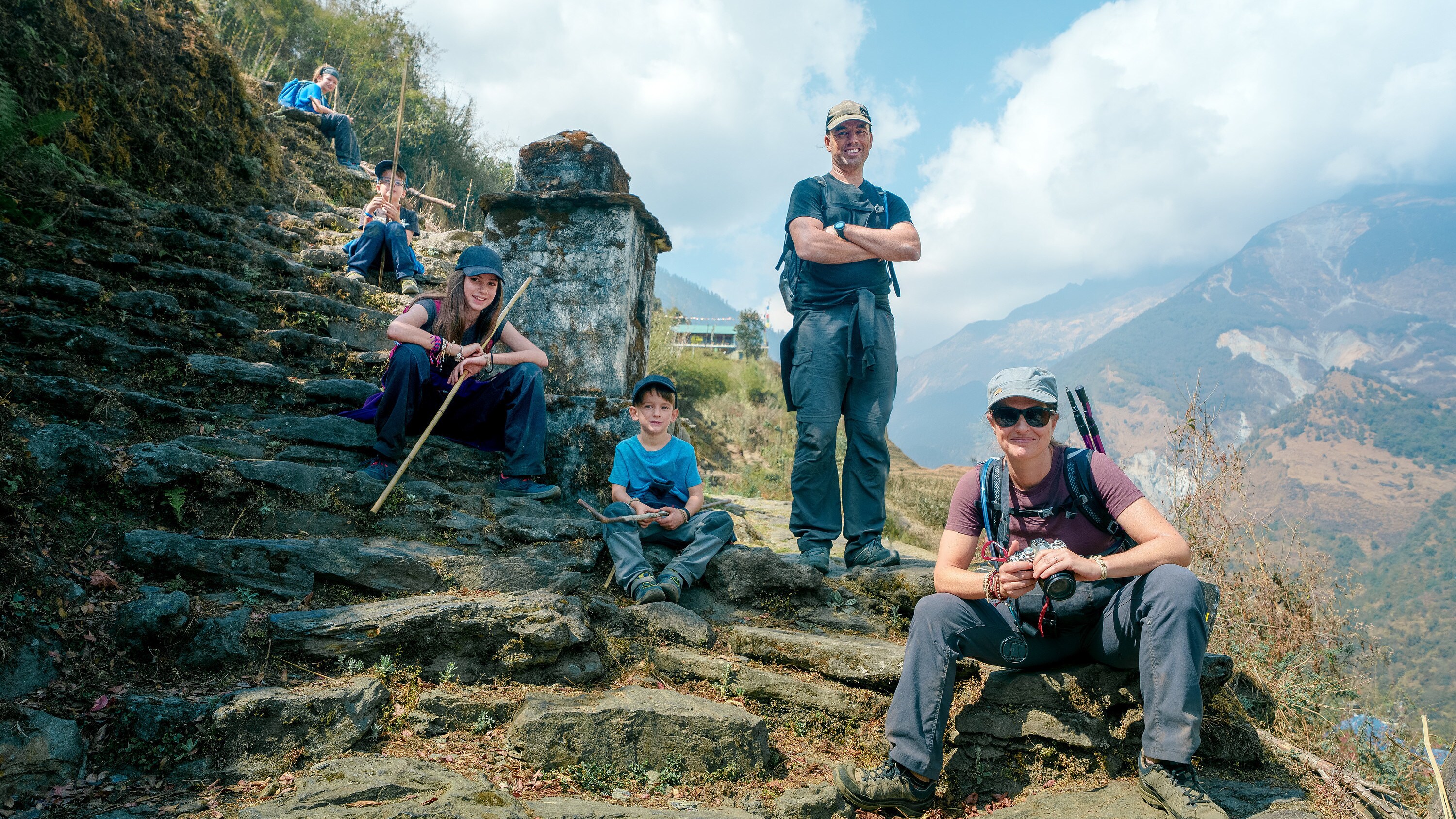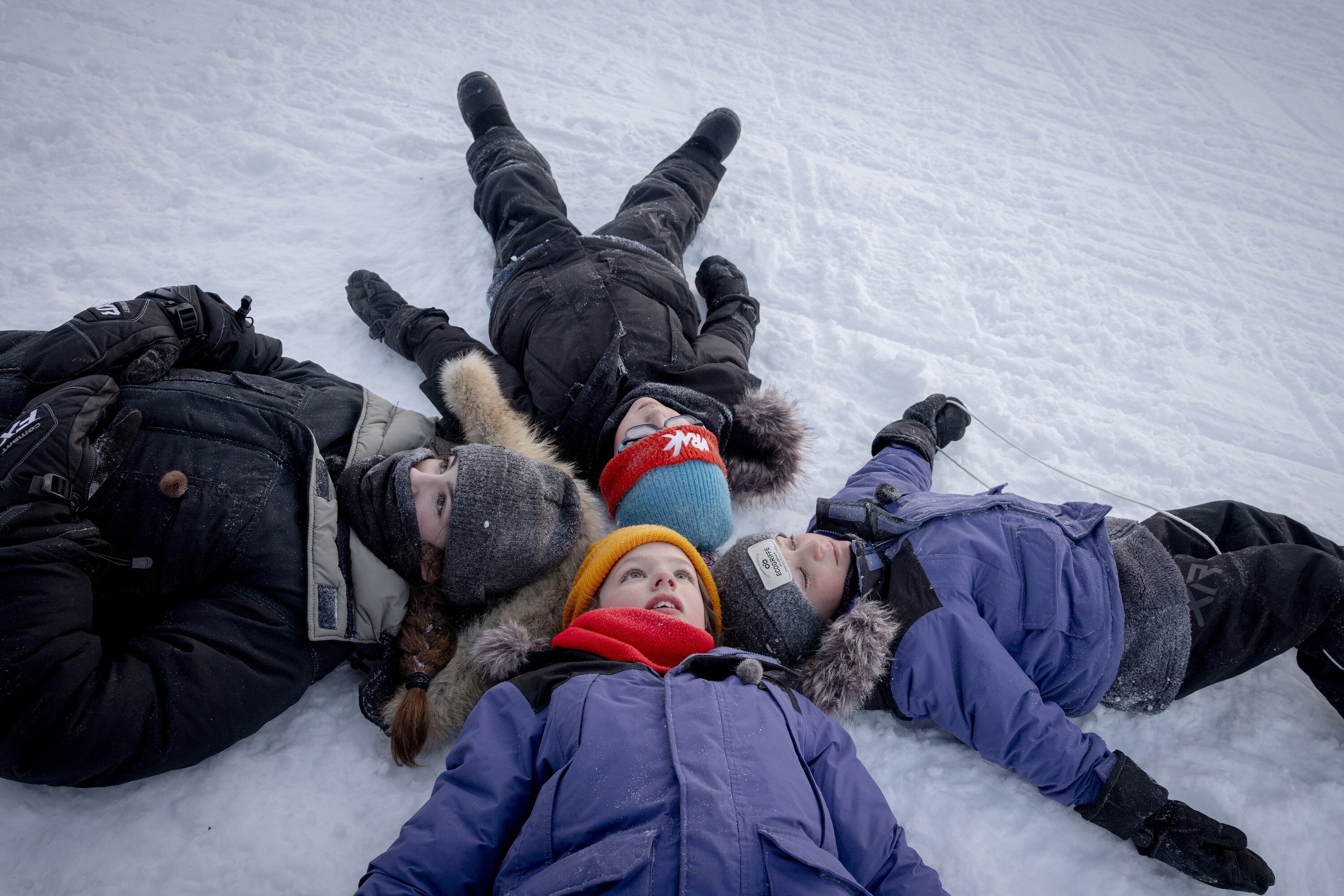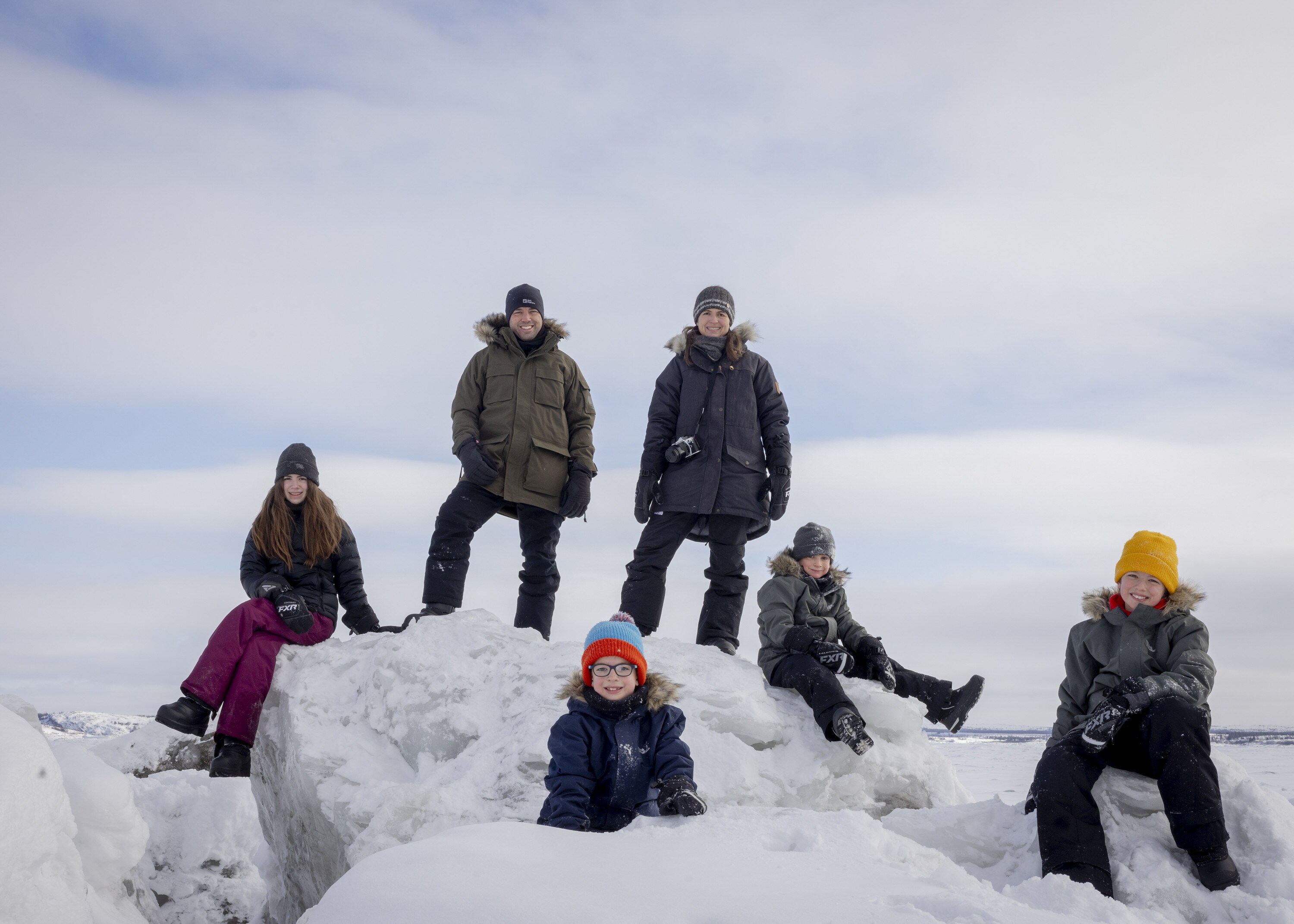"Blink" Documentary Directors on Telling a Family's Emotional Journey

In Blink, the latest documentary from National Geographic, filmmakers Daniel Roher and Edmund Stenson take viewers on a deeply emotional journey following a family whose children are diagnosed with a rare degenerative disease. As the family embarks on a global adventure, the film captures both the beauty of the world and the poignant moments of their travels, offering an intimate look at parenting, resilience, and the fleeting nature of memory.
Film & Whiskey host Bob Book sat down with Roher and Stenson to discuss the challenges of creating a documentary that resonates across generations, the inspiration behind the film’s stunning visuals, and the profound responsibility of capturing memories that may be some of the last this family will experience together.
Bob Book:
Guys, I guess the first place to start is to ask about the genesis of this project. How did you come to find out about the remarkable family in this film?
Edmund Stenson:
We both had heard about the family in the news or read about them. We had a fellow Canadian who worked at MRC, a sales agent with a documentary division at the time. They reached out to Daniel and said, “Look, we've optioned this story of this incredible family. Are you interested in making this movie with us?” Daniel was going through a lot of work on the Oscar campaign for Navalny and didn’t have the headspace to fully work on the film by himself. Since he and I had been collaborators for almost 10 years, he reached out to me and said, “Ed, do you want to go on a trip around the world and make a documentary with this incredible family?” I didn’t have to hear the rest to say yes.

Bob Book:
You guys have really operated across the spectrum of documentaries now. We've had political intrigue, as well as a musical biopic of sorts. What are the unique challenges of doing this style of film, part travelogue, part human interest story, compared to what you’ve done in the past?
Daniel Roher:
First, thank you for saying that. It's my dream to have a career where I can just bop around and do wildly different things. It’s a gear shift, a change of speed, which is why I love this job. One of my fears after finishing Navalny was being put in a box or pigeonholed as “the political intrigue guy.” I didn’t want to follow up with another dissident film. That’s not how I think. I thought the best palate cleanser for that intense political thriller was to do something wildly different and unique, more of a reflection of where I am in life. And what better way to do that than with my best buddy? We started making this movie in that spirit.
Bob Book:
The visuals of the film are stunning, and National Geographic is known for their visual style. I couldn’t help but think about the responsibility you feel as filmmakers when these images will be some of the lasting memories the children in the film will have. How does that affect the lensing of the movie, the visual style as a filmmaker?
Edmund Stenson:
We were very careful at the beginning, looking for visual references of worlds and films that matched the sensibility we wanted. We looked at Terrence Malick films, especially Tree of Life, and we wanted to keep things at a child’s eye view. Kids are unknowable, irreverent creatures, doing their own thing, living their lives. We wanted to visually represent their experience whenever possible, and we hadn’t seen much of that in documentaries. We had to turn to fiction for the right references.
Daniel Roher:
The other challenge was making a documentary for children. Documentaries are often big, serious, intense subjects, which can alienate younger viewers. Partnering with Disney and National Geographic, we were challenged to make a movie for the whole family, meaningful and life-affirming, but also dealing with subject matter in an honest way. That was the spirit of this project.

Bob Book:
That’s a great segue into the family dynamic in the film. One thing I appreciated was the parents' "roll with it" attitude. They have a trip planned, but life with small kids is unpredictable. Daniel, I’ve seen clips of you giving interviews while holding your son.
Daniel Roher:
Where are those? I want to see those interviews. Send me the links!
Bob Book:
I'll send you the YouTube links. This morning, I was prepping for this interview, and my son comes in asking how to do the chicken dance.
Daniel Roher:
That’s so cool. My son can't crawl yet, so imagining him one day asking about the chicken dance is mind-blowing.
Bob Book:
It’s coming. I guess what I’m asking is, does that spirit extend to how the movie is shot? For example, in one scene, something intense is happening, and suddenly the kids are just farting. How does that affect the structure of the film?
Edmund Stenson:
That’s an interesting point. Kids don’t always follow the narrative of family events. In the edit suite, we had moments where the kids say something off the wall or irrelevant to the scene, but it’s charming. It doesn’t always matter cinematically if it’s directly related to the scene because children bring energy, joy, and humor. It was a balance, though—too much of that, and the film can feel random or disjointed. It was about capturing that spirit while maintaining structure.

Daniel Roher:
The challenge was making a documentary, a medium often reserved for serious subjects, through a child’s lens. We kept the camera at their eye level, in their POV, experiencing the world as they do. It’s also about the sonic language of the film. In the future, when the children’s illness progresses, they’ll still be able to hear the film: the laughter, the sounds of their mom’s voice, the calls to prayer, the quiet of the desert. That’s as important as the visuals.
Bob Book:
One of my favorite shots is following one of the kids to school, filmed at his eye level. It reminded me of Spielberg’s E.T.. You’ve mentioned Malick as an inspiration, but thematically, where were you drawing from for the parenting aspect of the film?
Daniel Roher:
The co-directing process was key. The Terrence Malick influence was more Ed’s, while mine leaned toward Spielberg and E.T., exploring childhood through the lens of the movies I grew up with.
Edmund Stenson:
Thank you, Daniel. I wanted to make a gentle film, balancing grandeur with tiny moments that contain universal meaning. The scene where Mia is sent off by her mom for her first big party—those small moments speak to many of us. They’re not grand gestures, but single shots or looks that stand in for how we experience everyday life. I wanted to build that into the universe of our film.








